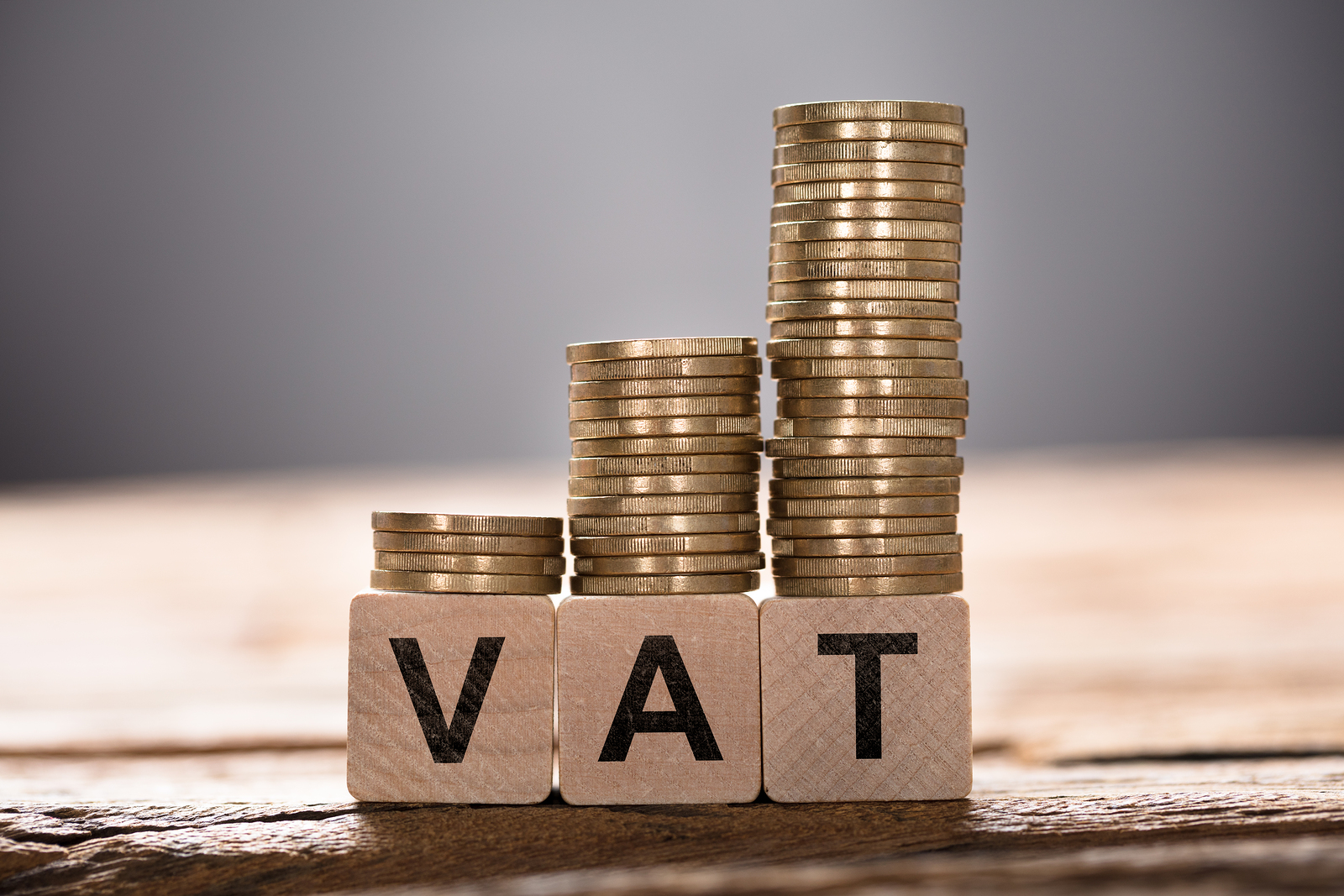Value Added Tax (VAT) is a type of sales tax on all products and services that are deemed non-essential by HM Revenue & Customs (HMRC). As a business, it’s not something you need to have set up right away – only when your VAT taxable turnover reaches the registration threshold.
An example of VAT in action
Let’s say we have a VAT-registered beautician who charges clients £25 per appointment. Based on the standard 20% VAT rate, the beautician will keep £20 for themselves (the business), and the remaining £5 will be paid as VAT to HMRC.
However, if the beautician spends £8 on taxable supplies for this appointment, it means the business has £1.60 worth of VAT.
In this case, the beautician can deduct the £1.60 worth of VAT paid from the £5 of VAT received, and only pays the difference of £3.40 to HMRC.
When does a business need to register for VAT?
A business is only legally required to register for VAT once its VAT taxable turnover reaches the registration threshold in any 12-month period, which is currently £90,000.
Your VAT taxable turnover counts as anything you sell that is not exempt from VAT. Things that are often exempt from VAT include those that are essential to the running of a business, such as insurance costs, staff training, and investment. For more examples of VAT-exempt or low VAT rate items, head over to HMRC’s website.)
You can work out your VAT taxable turnover by adding together the total value of UK sales which are not VAT exempt.
Don’t forget to include zero-rated items too, where the customer is charged VAT, but at a rate of 0%. Zero-rated items still need to be documented on your VAT Return.
That said, there are some business owners who choose to register for VAT voluntarily, and this is typically for two reasons:
- To start reclaiming VAT
- To boost the business’s reputation
How to register a business for VAT
Registering for VAT can seem daunting, but the process is actually pretty simple. Whichever method you choose, you can expect to receive your VAT registration certificate within 30 working days.
That said, don’t be surprised if it takes a bit longer but if you are concerned, you can always get in touch with HMRC to check in.
Top tip
Remember to record your ‘effective date of registration’ somewhere safe. This marks the date from which you must charge VAT on sales, and is the starting point for working out your VAT bill.
Registering for VAT with an accountant
The quickest and most hassle-free way to register your business for VAT is to get somebody else to do it for you. Enlist the expertise of a qualified accountant, and you’ll be well on your way.
You’ll need to provide with some basic information so that they can go through the motions on your behalf. Not only will this save you time and energy, but it also means you can significantly reduce the risk of error or confusion.
Registering for VAT online
If you don’t yet have an accountant for your business, or even if you do but prefer to manage your own VAT registration, the online registration process is fairly straightforward.
First things first, you’ll need to create a Government Gateway ID if you don’t already have one. You’ll then need to sign up for VAT services, and you can link this to your Gateway ID (which makes it easier to sign in for the future!).
HMRC will issue your business with a unique VAT number. Once you have this number, you can then complete your online VAT registration.
To complete the process, you’ll need:
- Your business registration details
- Business bank account details
- National Insurance number or Unique Taxpayer Reference (UTR)
Follow the steps on HMRC’s website and you can’t go far wrong.
Registering through the post
If you can’t register online, there is an option to complete the process via post. Common reasons why somebody might choose to register their business for VAT this way include:
- Applying for a registration exception
- Registering more than one business unit or division under separate VAT numbers
- When joining the Agricultural Flat Rate Scheme
What will happen if you fail to register for VAT?
If you don’t register your business for VAT when your VAT taxable turnover exceeds the threshold, there are several consequences that you should be aware of – most of which amount to a financial penalty.
How much you’ll be fined depends on how much VAT you owe, and how late your registration is. Typically, this type of penalty falls somewhere between 5-15% of the VAT you owe, with a minimum penalty of £50.
Once you register, you’ll need to submit regular VAT-returns – learn more about how and when with our guide.









1 Comment